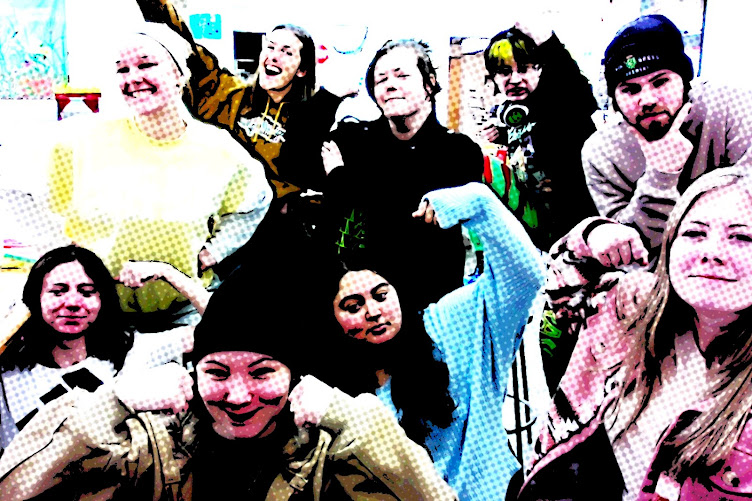Hi everybody,
Today we are going to discuss and respond to chapter 14.
To start off, we want to discuss what is documentary photography and what does it have to do with reflection?
·
Documentary photography can follow a single topic or in-depth
story that occurs over time. It helps to deepen our understanding and emotional
connection to the stories that are presented to us.
·
Images have power; they have the ability to catch time as stated
in chapter 14. The ability to freeze time through photography can capture
unseen or ignored realities in our everyday life.
· “Photography enables young people to bring their personal
histories and real world experience into the classroom and community.” (p. 105)
· “When photography is employed as a form of social reflection it
has the potential to enhance intergenerational and intercultural understanding,
to reduce stereotypical attitudes and to celebrate the dreams and ingenuity of
youth and others groups whose stories are often lost in the din of our popular
media.”
(p. 112)
Resources:
More information how photography can have a social impact:
If you would like to learn more about the history of documentary
photography and making sense of it you can go here: http://historymatters.gmu.edu/mse/photos/photos.pdf
Answer the following questions on your blog:
1. In order to create
empathy in the classroom, students must realize that their stories and the
stories of their peers have worth and should be shared and listened to. How
could you use photography as a tool in your classroom to help students share
and reflect on their stories and the stories of their peers?
2. Reflection is a
powerful tool that you can use in your classroom. Choose one of the following
projects by Wendy Ewald. Analyze the work, pick one of the elementary national
art standards that connect to her use of reflection and discuss the
connections.
3. Listen to this 8
minutes NPR piece about photographer Zana Briski who put cameras in the hands
of the children of prostitutes in Calcutta and her experience living in the
brothels with these women and children. (http://www.npr.org/templates/story/story.php?storyId=4205049)
(If you would like to watch the full
documentary is available here https://www.youtube.com/watch?v=_kyX
Fr2g1x8 not required)
Looking at the work
Wendy Ewald (links in question 2), Jim Hubbard (http://shootingback.net/images/homeless-children), and Zana Briski
(links above), how can photography be used to bring the personal histories and
real life experiences of your students into the classroom? Write at least of
paragraph description of how this could work in an elementary classroom,
logistics aside (money for cameras, making sure they are returned etc.).
Your activity consists of listening to the NPR piece about Zana
Briski.
Thanks, Molly and Katlynn




No comments:
Post a Comment